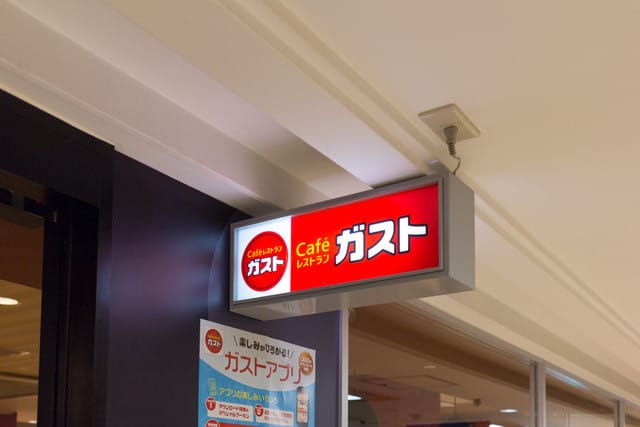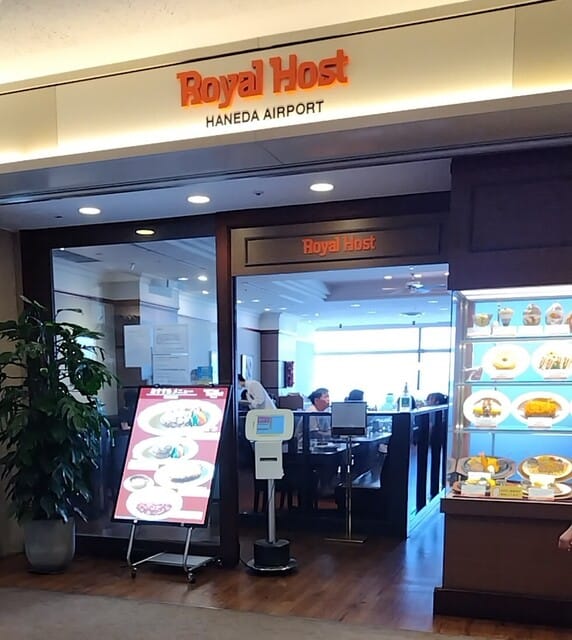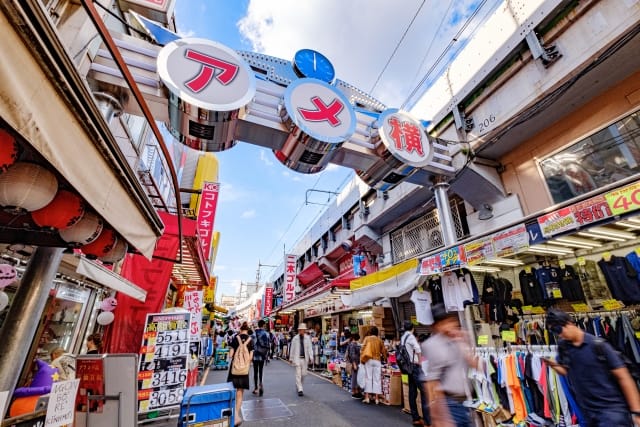Yoshoku Food Guide: Japan's Unique Take on Western Cuisine
The reason for updating the article is the growing interest in tours that allow visitors to enjoy Japanese food culture and delicious dishes. As these tours gain popularity, Magical Trip's tour, which ranked #1 among all tours on Tripadvisor, has been receiving numerous applications.

For those interested in traditional Japanese cuisine, join the "Wagyu Beef & Sake Paring Foodie Tour in Ginza," where a knowledgeable local guide will take you to their highly recommended Japanese restaurants. While enjoying Wagyu and sake, your local guide will teach you proper dining etiquette and the best ways to savor each dish.
If you want to enjoy exceptional Japanese cuisine in Tokyo, consider joining one of these tours. With expert guides who know Tokyo inside and out showing you their recommended restaurants, you'll have an unforgettable Japanese dining experience.
・Tokyo Bar Hopping Night Tour in Shinjuku(ranked #1 among all tours on Tripadvisor)
・Finest Quality Sushi & Tempura Dining Experience in Ginza
We hope you'll have a wonderful time experiencing everything Ueno has to offer by joining a Magical Trip tour!
Introduction
When you hear "Japanese food," many people think of sushi, tempura, soba, or ramen, but many foreigners visiting Japan are fascinated by "yoshoku."
"Yoshoku" refers to Western dishes that Japanese people have uniquely adapted. Not only can it be eaten at restaurants at relatively affordable prices, but it's also often made at home, making yoshoku a familiar cuisine for Japanese people since childhood.
I find yoshoku interesting because it often becomes even more delicious than the original Western dishes. When my American friend ate "omurice," an adaptation of an omelet, in Japan, he was so moved that he said, "This is so delicious I want to take it back to America!"
When handled by Japanese people who are good at subtle adaptations, any dish can be transformed into something delicious that anyone can eat easily. I'm convinced that yoshoku is the prime example of this.
In this article, I'll convey the charm of yoshoku. Not only will I introduce the history of yoshoku and popular menu items, but I'll also introduce places where you can casually eat yoshoku in Japan. I hope you'll use this article as a reference to feel the Japanese "spirit of adaptation" towards food!
What is Yoshoku?
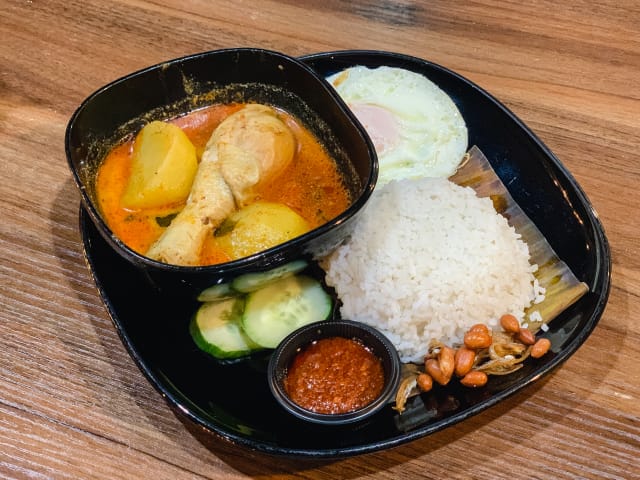
Yoshoku refers to a style of cuisine that has adapted Western dishes in a Japanese style since the Meiji era, over 100 years ago. Representative menu items include curry rice, omurice, and hamburger steak. It's also familiar as home cooking, characterized by a unique flavor that incorporates Japanese elements while being Western-style.
Yoshoku has now become an indispensable part of Japanese food culture. A key point is that Japanese people are very good at adaptations, so many dishes are easier to eat and considered delicious even by foreigners compared to the original Western dishes.
When I actually treated my foreign friends to yoshoku, they were extremely impressed, saying, "I've never eaten such delicious food before!" I realized that the Japanese's delicate sense of taste and ingenuity have made yoshoku a cuisine that Japan can be proud of to the world.
Why Japanese People Love Yoshoku
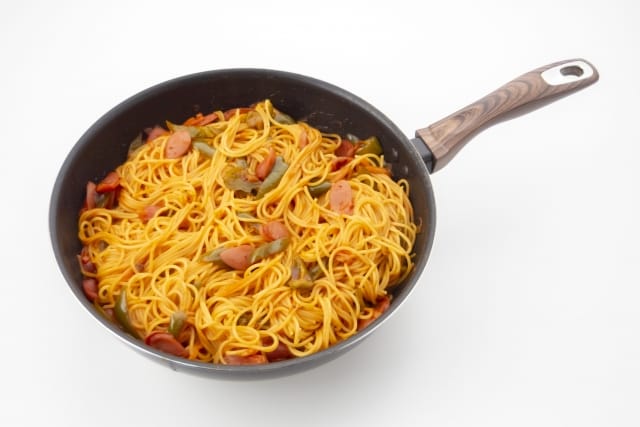
The reason why Japanese people love yoshoku is first because it's adapted to suit Japanese tastes with sweet and savory seasonings and creamy sauces.
Also, the variety of menu items such as curry rice, omurice, and hamburger steak allows people to enjoy it without getting bored.
Furthermore, many recipes are easy to make at home, and it has become established as a cuisine that the whole family, from children to adults, can enjoy. Another big reason is that yoshoku is often served at restaurants at affordable prices, making it easy to use for daily meals.
Above all, yoshoku perfectly matches the Japanese culture that loves adaptations.
When I was a child, my favorite dish was the omurice my mother made for me. Even now, I can't forget that gentle taste. I think yoshoku is a culinary genre where Japanese people can fully demonstrate their creativity and pursuit of taste.
Popular Yoshoku Menu Items
Here, I'll introduce representative yoshoku menu items.
Curry Rice
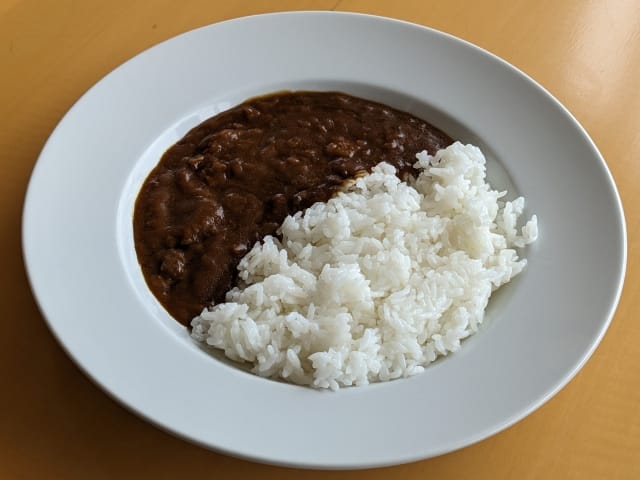
Curry rice is one of the most familiar yoshoku dishes in Japan. It's characterized by a rich taste using roux, and while ingredients vary, beef, onions, and potatoes are standard. It's typically eaten with rice, and there are various adaptations such as curry bread and curry udon.
The first dish I cooked as a child was also curry rice. I remember making it while my mother taught me how to cut vegetables and simmer them. Now, friends gather to eat my curry rice!
Hayashi Rice (Hashed Beef Rice)
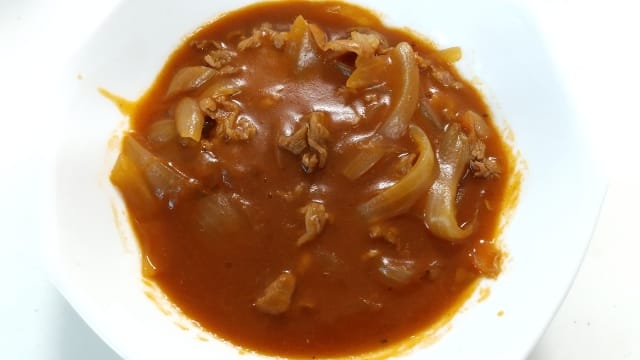
Hayashi rice (hashed beef rice) is a dish where ingredients like beef, onions, and mushrooms are simmered in a rich roux made with tomatoes and demi-glace sauce. The roux is characterized by the acidity of tomatoes and the depth of demi-glace sauce, giving it richness and umami.
The charm is that the beef is simmered until tender, and it's delicious to eat mixed with the roux.
The onions and mushrooms provide a textural accent in the soft-simmered roux. Like curry rice, hashed beef rice is typically served on top of rice.
Hayashi rice rice is my favorite, and eating it on a cold day is a blissful time for me. The sensation of the rich roux warming my body from the core is something I can't experience with other dishes.
Omurice
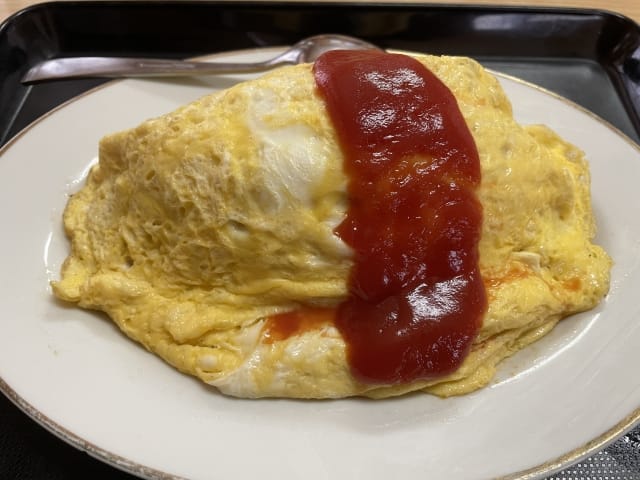
Omurice is a dish where fried rice is wrapped in an egg. The rice is often chicken rice or pilaf, and it's typically topped with ketchup or demi-glace sauce. The point is to eat it mixed with the egg yolk, and it's also popular as a kids' menu item.
I once worked part-time at an omurice specialty restaurant. What I learned there was the chef's feelings put into omurice. The exquisite balance of fluffy, soft eggs and rich ketchup rice. I was moved by the sight of each dish being made with heart. I think omurice is the epitome of yoshoku, both in appearance and taste.
Hamburger Steak
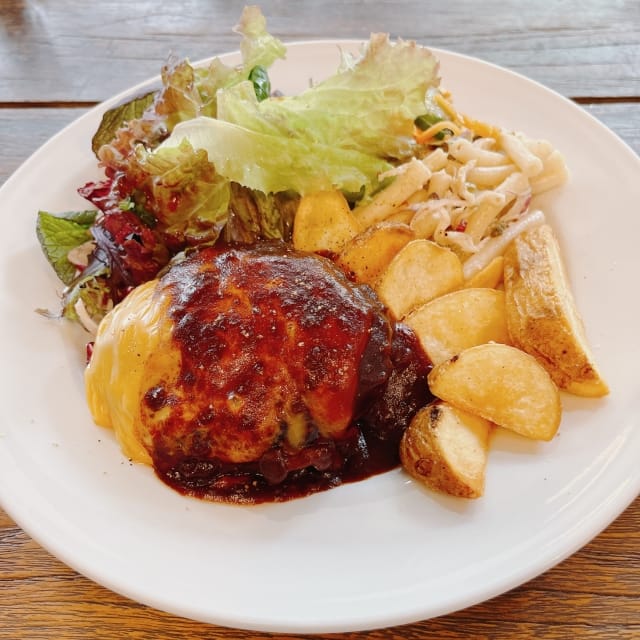
Hamburger steak is a patty made by kneading and grilling minced meat. Its charm lies in its juicy meat juice and fluffy texture, and it can be enjoyed with various sauces such as demi-glace sauce or grated daikon with ponzu. The side dish is typically rice or bread, and it's a standard menu item at yoshoku restaurants.
I can't forget the hamburger steak from a yoshoku restaurant I often went to as a student. The juiciness with meat juice overflowing and the deep taste of the demi-glace sauce.
Even now, when I eat that hamburger steak, it brings back memories of my student days. I feel that hamburger steak is a dish filled with Japanese dedication to meat dishes.
Napolitan
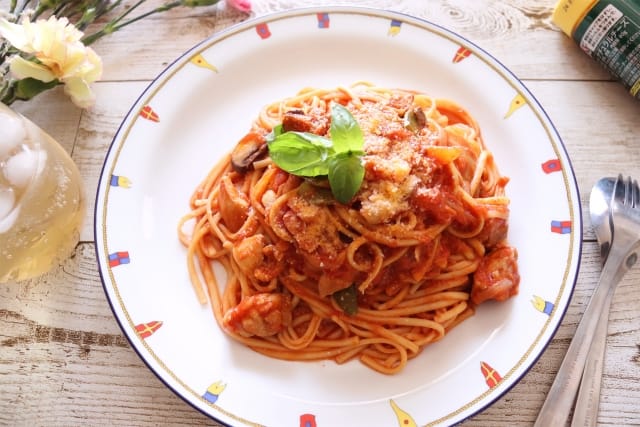
Napolitan is a dish where spaghetti is stir-fried with ketchup. Common ingredients are wiener sausages, onions, and green peppers, and it's characterized by using boiled spaghetti. It's also popular in kids' meals, and professional chefs often serve Napolitan with their own unique adaptations.
I first ate Napolitan in elementary school lunch. I remember being shocked by the combination of sweet and sour ketchup and chewy spaghetti.
Even now as an adult, I sometimes get an irresistible craving for Napolitan. I think Napolitan is a common and nostalgic taste that every Japanese person has tried at least once.
Yoshoku Chain Restaurants
Many yoshoku chain restaurants operate throughout Japan. They are popular spots where you can casually enjoy yoshoku, and their reasonable prices are also attractive. They are supported by a wide range of people from families to seniors.
Gusto
Source: Tabelog by heavenjun
Gusto is a family restaurant that offers a wide range of Japanese, Western, and Chinese menus. Among them, Western menu items such as hamburger steak and steak are plentiful. It can be used all day from morning to lunch to dinner, and it also has plenty of kids' menus and family-oriented services.
When I was a student, I often went to Gusto with my friends. Eating a voluminous hamburger steak and chatting away. Even now, going to Gusto brings back fun memories of my student days. I think the charm of Gusto is that you can enjoy delicious yoshoku in a casual atmosphere.
Website: https://www.skylark.co.jp/en/gusto/
Coco's
Source: Tabelog by deion388
Coco's is a family restaurant with a rich Western menu including steak and gratin. They also have a popular dessert menu featuring fluffy pancakes. During lunchtime, they offer value set menus, and some stores have kids' spaces, making them popular with families.
The first time I went to Coco's was as a child, taken by my mother. I remember being amazed by the fluffy hamburger steak. Even now, I sometimes have lunch with my mother at Coco's.
Website: https://www.cocos-jpn.co.jp/
Royal Host
Source: Tabelog by Kobuhei
Royal Host is a slightly upscale yoshoku restaurant chain. Steak, hamburger steak, and grilled dishes are popular, and they also have a rich dessert menu. Their morning and lunch set menus are good value, and the relaxing interior space is also attractive.
When I want to treat myself a bit after getting my salary, I go to Royal Host. I feel that the good thing about Royal Host is that you can spend a special time with delicious yoshoku.
Website: https://www.royalhost.jp/
Frequently Asked Questions About Yoshoku
Here, I'll answer questions that foreigners are likely to have about yoshoku.
Can Children Eat Yoshoku?
Yoshoku can be eaten sufficiently by children. Even spicy foods like curry are often mildly seasoned. In fact, it's no exaggeration to say that yoshoku is representative of dishes that children like in Japan.
My niece also loves yoshoku. Her happy expression when eating omurice is very impressive.
What Kind of Yoshoku Do Japanese Families Make?
The most commonly made yoshoku in Japanese homes is, without a doubt, curry rice. Every household has its own unique taste called "my family's curry" with various arrangements of ingredients.
Omurice is also a yoshoku menu item often made at home. The point is to make the egg wrapping the chicken rice fluffy and soft. The characteristic of our family's omurice is that we pour plenty of demi-glace sauce over it.
I myself still cherish the omurice recipe I learned from my mother. The joy when my family tells me it's delicious is incomparable!
In this article, I've introduced in detail Japan's unique yoshoku culture. Curry rice, omurice, hamburger steak, Napolitan. All of these are dishes based on Western cuisine with uniquely Japanese ingenuity added.
Please use this article as a reference and try "yoshoku" in addition to traditional Japanese dishes like sushi and soba!

